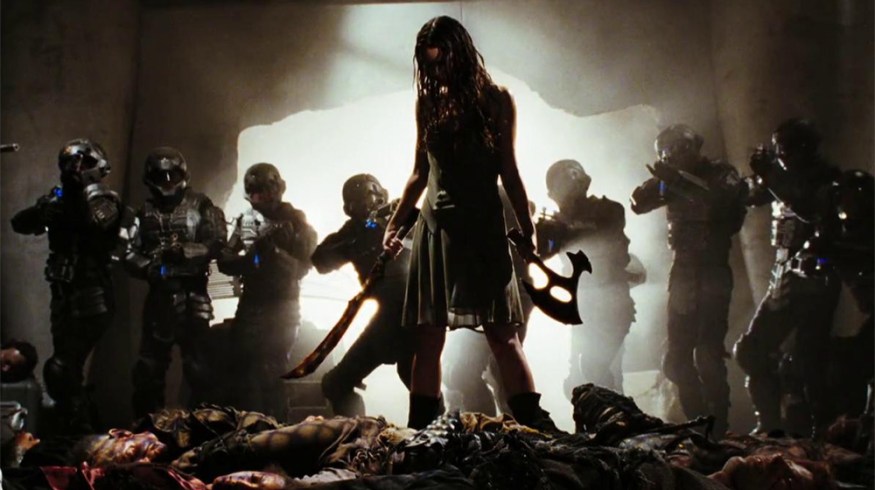
The Space Western — Genre’s Unwanted, Weird Cousin
The space Western is a versatile sub-genre capable of much more than its parent genres. But it wasn’t always welcome at the table.
In the world of film genre write-ups, some sub-genres just deserve their own articles. We’ve already written about the Western and its many sub-genres, and we’ve talked about science fiction films (and their sub-genres). Sub-genres are legion, so why would we single one out?
Well, because space Westerns are weird. In the gene pool of generic and sub-generic TV shows and movies, the space Western is a mutation. It both is and isn’t the product of its parent genres, and there are plenty of people who think space Westerns are an abomination.

So, what is it, how did it get here, and what does it mean for filmmakers?
PremiumBeat proudly presents the space Western . . .
What a Space Western Isn’t
It’s definitely not a science fiction Western. As discussed in this post on superheroes, there are paladins of the internet who wander digital content lands, enforcing the pillars of good on innocent browsers everywhere. Whether you want their help or not, you’re going to get it.
So, TV shows, movies, books, comics, and (after a while) video games formed a swarming whirlwind of super-content that would give rise to the Knights Canonical, whose mandate from God was to police the fun of superhero audiences everywhere, lest some heresy slip through the cracks and spoil the purity of the storylines.
—The Superhero Film: A Guide for Superfans
In addition to their thankless work protecting superhero canon, these guys will also be sure to delineate the space Western and the science fiction Western for you. So, don’t get that wrong.

A space Western is a science fiction story (I know, it’s getting confusing) that co-opts Western themes, motifs, and tropes in space (usually in the future when we’ve achieved interstellar travel). A science fiction Western, is a Western story with science-fictional elements (usually set on Earth, in the past, or in a past-Earth-like alternative setting).
Having fun yet? You can see why people get up in arms. There are plenty of hairs to split, and how can anyone get any sleep until we’ve split them all?!
Space Western Haters
Some people just hate space Westerns. The Turkey City Lexicon, a document pieced together by the alumni of the Turkey City Writer’s Workshop, condemns the space Western as “The most pernicious suite of used furniture. The grizzled space captain swaggering into the spacer bar and slugging down a Jovian brandy, then laying down a few credits for a space hooker to give him a . . .” We’ll let you go look up the rest of that yourself.
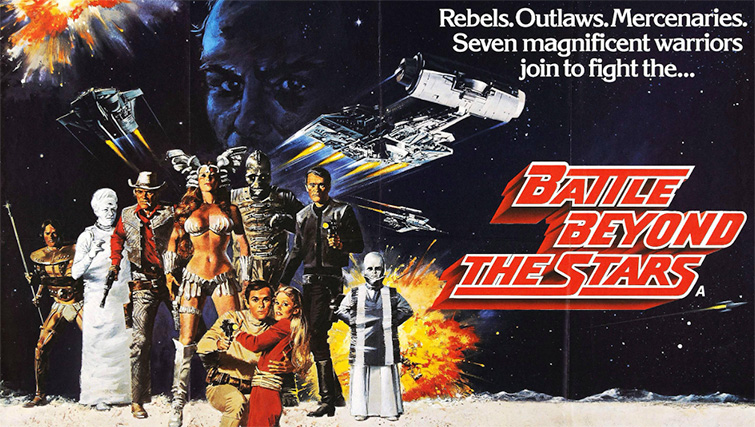
Suffice it to say; the genre carries the reputation of pre-assembled world-building that’s not worth the time of day. Galaxy Science Fiction hated the sub-genre so much that it vowed you would never see a space Western in the magazine’s pages. This vitriol gave rise to the “Bat Durston” story, a mish-mash of tropes that approximated the supposed lack of literary value in a space Western. You know, for laughs (I guess?). So, you’ll hear some haters refer to any space Western story as a “Bat Durston” story.
The general miasma of space Western reception back in the day gave rise to the idea that the sub-genre was completely without value and therefore not eligible for recognition as legitimate science fiction (which is ironic and a post for another time).
Luckily, things were a little less myopic in the film and TV world, which we can largely thank for sustaining the besmirched space Western and its narrative potential.
How Did We Get Here?
Fascinating, right? Now you’re beginning to see why this sub-genre needed its own space. There’s plenty of dirty laundry to air. But, before the early Turkey City folks solidified their disdain and before Galaxy Science Fiction took its brave stand (it’s been out of business since 1980), the genre had to come from somewhere. Like any good mutation, it arose for a reason to fulfill a particular need. So how did we get here?
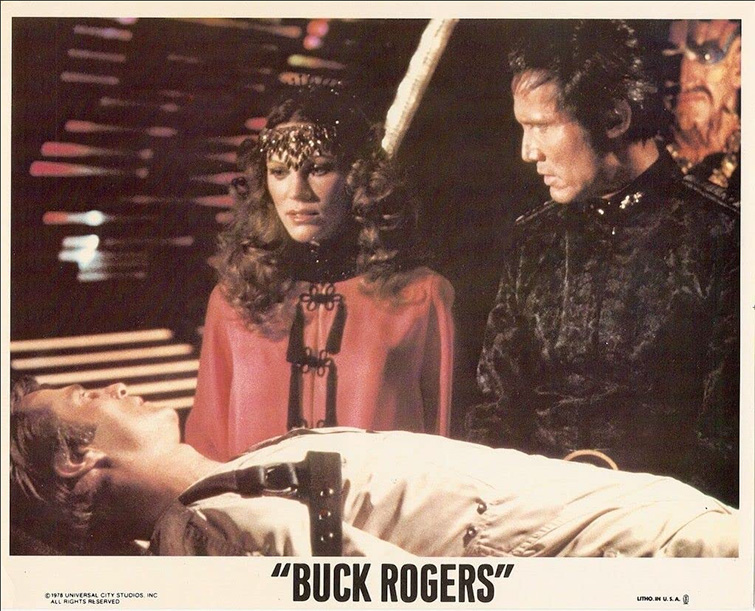
Like many things cinematic and televisual, the space Western was born in the comic book trade. In fact, long before anybody had a chance to get Big Mad about the sub-genre, Westerns were influencing early pulp magazines, whose business was to put fiction in people’s hands for cheap. As science fiction began to rise in popularity, authors would write in both genres—Westerns and science fiction—because of their naturally occurring similarities, and Western tropes influenced the cover art of science fiction magazines.
Catherine Lucille Moore created the first space Western hero in the early 1930s with a series of stories in Weird Tales. This hero, Northwest Smith, was a “rogue and adventurer . . . wandering through the solar system.” Buck Rogers and Flash Gordon fit the bill as well.
In the 1940s, following World War II, the white-hot popularity of superhero comics was beginning to wane. The Axis Powers were defeated, and the global zeitgeist was taking a break from larger-than-life heroes that could make us feel a little safer from the war. To fill this new gap, comics branched out. Westerns, science fiction, and anything else that could sustain interest got their fifteen minutes of fame—including horror comics. (The horror comics flopped because, well, the 1950s happened, which was a famously buttoned-up decade in twentieth-century American history.)
It turned out to be a long fifteen minutes. By the 1960s, we were beginning to tire of Westerns—what interest we still had was largely for revisionist Westerns (we’ll get into this in a minute). Science fiction took center stage, Gene Roddenberry dreamed up his famous “wagon train to the stars,” then Star Wars figured out that Tab A (Westerns) fit perfectly in slot B (space operas), and we were off to the races.
What’s the Big Deal, Anyway?
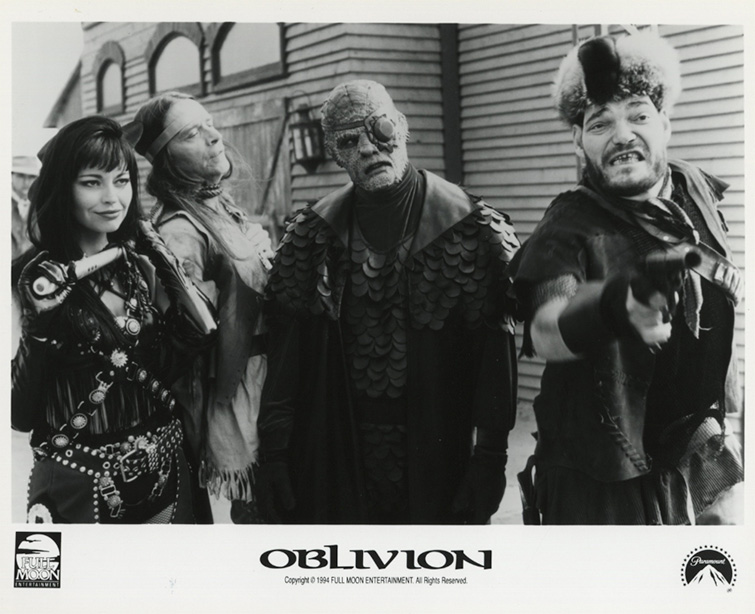
Space Westerns reveal a few things about their progenitors that make family reunions a little awkward. And they’re not always polite about it.
If you’re looking for hopeful futurism in the space Western, you’re looking in the wrong place. For starters, like the Western before, the space Western’s world is usually a capitalistic, non-egalitarian place that prizes exploration as consumption. Money is a big deal in the space Western, and space is full of resources we can trade in for money. So, it takes some of the worst, most competitive, most exploitative aspects of contemporary culture and throws them into the future. Meaning, that we don’t have much hope of evolving or advancing as a species.
Further, a black eye that the space Western shares with the Western is the frontierification of space. In the Western (until revisionist Westerns came along), people pretty much pretended the West was uninhabited or, at best, inhabited by barbarians who didn’t know they wanted to benefit from white culture and affluence. “Frontier justice” was often just a euphemism for “murder.” We put badges and white hats on certain people so they wouldn’t feel guilty about killing people. Frontier towns were typically outposts to give other land thieves a toehold until, eventually, all the West was won.
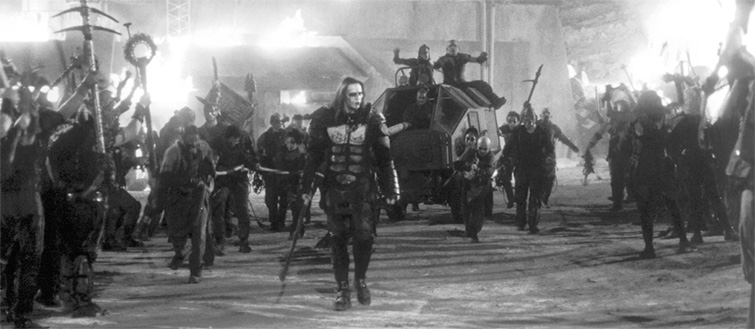
Space Westerns are a bit of the same. Space is a wild animal that needs breaking, which will mean some bloody noses. However, the Western story is primarily trapped in the past, tethered to the bloody, racist period that gave rise to its central myths. Unless you’re deconstructing old Western motifs, you’re trafficking in the social and cultural norms of the period. (And these were double-plus ungood.)
The space Western, however, is not trapped in this past, so writers or filmmakers who choose to pair their stories with a problematic ethos are choosing to do so. It’s far more common to get space Western stories from the perspectives of the little people who are trapped in this sub-genre, rather than the empires perpetuating the problems.
It’s this versatility that has made the space Western such a dynamic sub-genre. It gets to reinvent one of the pillars of generic fiction without all the exploitation and genocide. You can be a bad guy in a space Western and still fight for better lives for others—all you need is a chip on your shoulder for guys in white hats with stars on their lapels.
What to Expect
Typically, a space Western will feature one or more lone wolves as the main characters. These are people who follow a code that belongs to a bygone age, rooted to mythological ideas that no longer exist. This tradition comes directly from the Western, inherited from the stories of Japanese ronin and the medieval knights-errant.

Next, it won’t be hard to delineate good vs. evil in a space Western. Star Wars, for example, doesn’t muddy the message with ethical gray areas between the Empire and the Rebel Alliance. We have an idealized, pulp fiction space setting with a bunch of jerks in power and a bunch of dreamers trying to carve out better lives for galactic citizens everywhere.
Finally, there’s going to be a lot of moving around. Space Westerns don’t like to stay put. The very point of being in space is that you get to fly around in space. Just like wandering cowboys moved from town to town in the classic Western, the protagonists in the space Western can’t put down roots. They’re haunted by too much to just plant a garden and raise some kids. If you don’t keep moving, your ghosts will catch up to you.
The Space Western Filmmaking Tool Kit
Fantastic. Now we know everything we need to know about this strange little sub-genre (including why we might want to make something in this vein). So, how do we put it into action? We’re glad you asked. Keep scrolling for your Official Space Western Filmmaking Tool Kit.
First, you’ll need a story that you can turn into a script with some effective rhetoric and snappy dialogue. (Don’t forget to revise!) The guts to get started helps, too.
Next, since we’re going to space, you’re going to need to be able to, you know, create outer space—for cheap. We have this pack of 40+ space assets, which you can download, completely free. Planets, star fields, nebulae—you name it. If it’s in outer space, it’s in here. (Don’t forget the lens flares!)
You’re going to need to be able to create realistic planets since space Westerns are fundamentally about exploration. Check out this video. Piece of cake.
Next, you’ll need some HUDs for your spacewalks, and probably some cool nav effects onboard your ship. Don’t forget the muzzle flashes for all those shoot-outs, and be sure to master the Sergio Leone-inspired closeup.
Now you have everything you need to make a space Western, so do the poor little sub-genre proud!
Cover image via Serenity (Universal).
Want to dive deeper into genre? Check out Darin’s other genre articles below:





